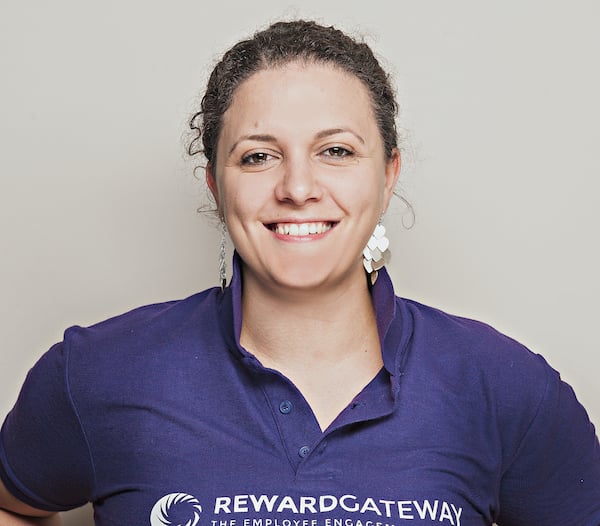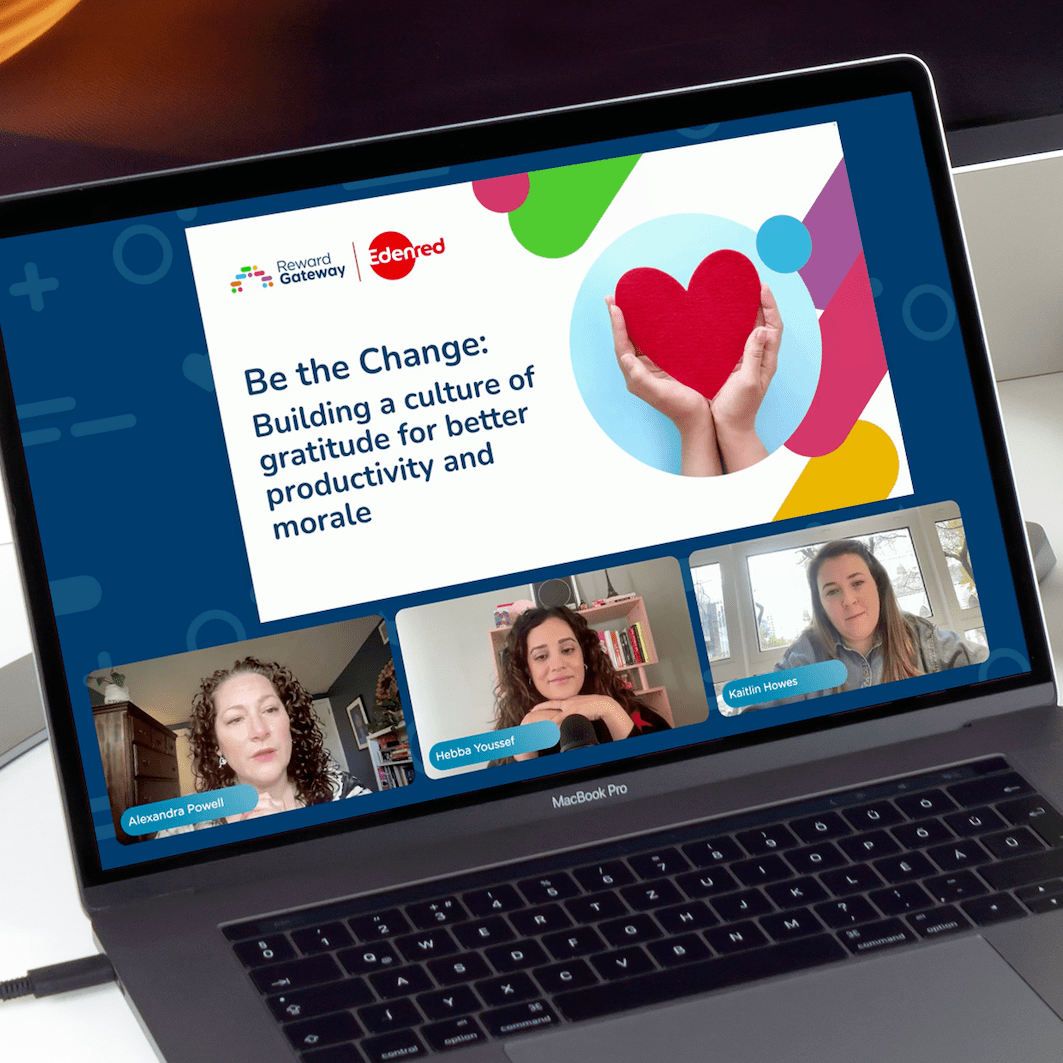
6 min read
We’re fortunate at Reward Gateway to have been inspired and led by some incredible thinkers in employee engagement, company culture, and leadership. Our new series, “Lighting the Spark,” features one of these amazing thinkers every month. This month, we chat about Andi Lothian, Founder of Insights.
Anyone who knows me, knows that I’m just a wee bit obsessed with Insights. I’ve blogged about it before and shared why it works so well at Reward Gateway. I’d like to share a bit more about Insights Founder, Andi Lothian and how his work helped us, and many other organisations, to become a more communicative, understanding and ultimately more successful organisation.
Andi Lothian founded the company Insights in 1993, drawing on the work of Carl Jung and Dr Jolande Jacobi. His research into the complex psychological studies of these two experts lead to the creation of the Insights Discovery model that so many of us know today.
Like many others I’m sure, I would not have had the vision to extract these theoretical findings and transform them into something that is so easily understood and translatable into our day to day business life. For doing that, I’m really grateful to Andi.
I’m also incredibly thankful that I was introduced to Insights at Reward Gateway, and have been able to share this with our entire workforce as well. As I’ve written about before, it really has changed the way we think, work and communicate.
 So, what do we know about Andi Lothian (this guy, above)? One of the questions posed to Insights’ staff and published openly on their website is; "If you were an animal what would you be?" Andi answered by saying he would be a chameleon, which I think is very apt.
So, what do we know about Andi Lothian (this guy, above)? One of the questions posed to Insights’ staff and published openly on their website is; "If you were an animal what would you be?" Andi answered by saying he would be a chameleon, which I think is very apt.
Let me explain a little, Andi’s own Insights wheel position is 25 (meaning his colour preference is Yellow, Red, Blue then Green). Characteristics you might find associated with this profile are enthusiasm, keenness to get involved with different things as well as assertiveness. However, the biggest factor that struck me when writing this piece, was how one of Insights’ (and Andi’s) strategies has been to have in-house trained practitioners as well as allow others (like me!) to become accredited and deliver Insights programmes to their own company’s staff. It really shows how adaptable individuals can be, for me, this is a generous (or you might say Insights Green) strategy, wanting to share and spread insights to benefit others.
For the record, my colour order is Yellow, Blue, Red and Green. In terms of behaviours that means I'm enthusiast, like to get involved in lots of things, but also really appreciate being organised and a well-formatted spreadsheet!
So the big question, WHY does Insights work for organisations?
I want to revisit some of the real benefits we’ve found at Reward Gateway and really build on how translatable they are to any business:
1. Because it creates an easy and effective common language
Here’s a quick breakdown of what the four Insights colours mean:
- "Fiery Red": Generally extroverted with high energy, action-oriented and always in motion. Direct and authoritative, radiating a desire for power and control.
- "Sunshine Yellow": Strongly extroverted, radiant, and friendly. Typically positive and concerned with good human relations. They will approach others in a persuasive, democratic manner, radiating a desire for sociability.
- "Earth Green": Introverted with a strong focus on values and depth in relationships. Prefer democratic relations that value the individual and are personal in style, radiating a desire for understanding.
- "Cool Blue": Introverted with a desire to know and understand the world around them. Prefer written communication in order to maintain clarity and precision, radiating a desire for analysis.
Even today, I was on a group Google Hangouts call, lots of ideas were being thrown around and I had to interrupt and say; "Please excuse my inner blue, but how about we a create a matrix spreadsheet of our ideas and we can see them all together." Now, it’s a common stereotype of blue preference to love spreadsheets, but it’s actually more about being organised and efficient. Anyway, everyone understood what I meant with one word. The language of the four colours has the same strength when we look at team structures; you can sum up where you might be overusing (or conversely lacking) in some areas by using the colour words. Each colour covers a host of similar traits and as long as you share and communicate often what the colours mean, you’ll be on the same page as those around you.

2. Because it enables more effective recruitment
Each role you recruit for will have an ideal set of skills and behaviours, you can usually assign an Insights colour preference to that and include it in your briefing to your recruitment team and/or recruiting managers. It doesn’t stop there, as your overall company culture and individual team cultures can be described in terms of Insights colours.
This isn’t a tickbox exercise to say yes or no based on one glance at a candidate’s Insights profile, but it helps enormously to inform your interview questions and understand each stage of the recruitment process with an understanding of that person’s preferences when you talk to them.
Take recruitment into your sales team as an example, a role that could involve outbound activity or presenting to prospective clients. Initially you might look for a yellow preference; typically a confident, communicative and enthusiastic person. If you have the candidate’s Insights profile in front of you before you have the final interview, it’s one extra resource you can use alongside their manner when you meet them and the skills they can demonstrate in the interview. In short, it gives you better context as to what makes that person tick.

3. Because it leads to more adaptable training absorbed by more of your staff
Insights has allowed us to develop and train our staff much more effectively. It automatically expands the planning process, so you open up the content to a broader audience and prevent excluding people with a different preference than your own. At Reward Gateway, we try and think in terms of colour preference; whether that is making sure you have a handout with all the information so those with a blue preference can go away and read up, or making sure you have a task or competition element to the activity, so those with a yellow preference are engaged throughout. It’s more inclusive and it delivers better results.
All of this is down to the work of Insights as an organisation and its founder Andi Lothian. The style and methods of delivery have changed and adapted along the way, but the Insights Discovery model, translated from the initial psychological theory, has stayed the same.

 Sarah Akanbi
Sarah Akanbi



